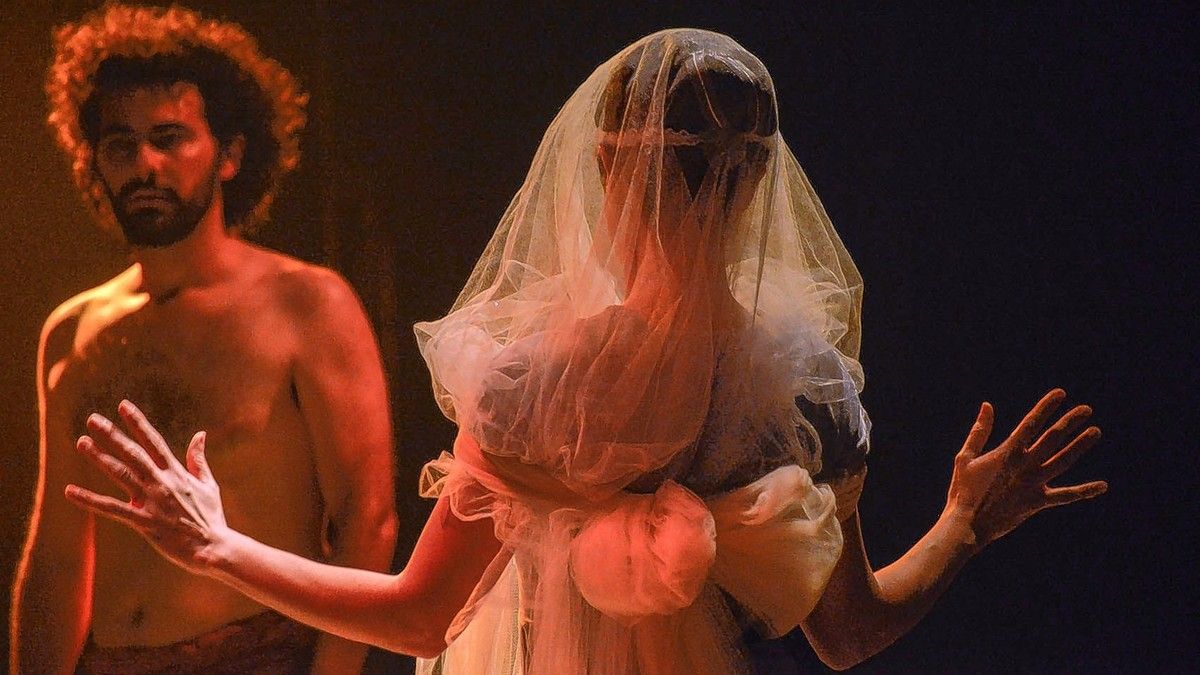When the Film Museum, which initially focused entirely on the cinema, opened on Potsdamer Platz in autumn 2000, cell phones were not at all smart. Selfies? Was difficult. Today they are among the most popular photo motifs, and a house like the – now also TV-affine – Museum for Film and Television cannot avoid it.
It was getting on in years, had a patina in the permanent exhibition, but had to carry out major alterations while it was still in operation? Difficult too, at least you had some ideas. Then came the lockdown, not a welcome one, but an interruption in everyday museum life that was very useful for the planned revision.
The exhibition, which can now be admired again, has been revised for half a year – and selfie points have been marked for the first time. Fritz Lang’s “Metropolis” was of course already present, for example through drafts of the famous backdrops. They are now even available in the model – and thanks to the selfie point, it is now possible to shake hands with machine people for the photo.
Certainly not the most important, but a public-friendly innovation, as has already been tried to keep an eye on the wishes of the public filtered from surveys and the reactions during guided tours, “to pick up the visitors with their cinema experiences” and to update the history show at the same time, as curator Kristina Jaspers puts it.
And since Burhan Qurbani’s film version of “Berlin Alexanderplatz” from 2020 is more present to many visitors than Piel Jutzi’s from 1931, the former now also gets its own with the current main actor Welket Bungué in the time tunnel of mirror and film images that you walk through right at the beginning Place of honor.
This effort to make even the most recent films visible is evident in many ways: A model of the scenery from Joe May’s “Asphalt” from 1929 and next to it scenes from “Babylon Berlin” – the influence of historical images on current film images can be so simple and yet effective be demonstrated.
Focus on the twenties
In any case, one focus of retreading was the twenties, which are currently so popular. “Weimar women” has got its own large showcase, which introduces the directors Ella Bergmann-Michel, Lotte Reiniger, Lola Kreuzberg and Leontine Sagan as well as the screenwriters Thea von Harbou, Jane Bess and Luise Heilborn-Körbitz. The latter had provided the script for the first, still silent “Buddenbrooks” film adaptation by Gerhardt Lamprecht, a benevolent letter from the Master of Words to his film colleague from 1922 is on display. More details can be found on headphones from an interview with her.
Marlene Dietrich – her estate is one of the highlights of the museum’s holdings – was also given new clothes, which was necessary for conservation reasons. The robes and costumes should not be exposed to light for too long.
So the mannequins wearing the actress’ features were decorated with other items of clothing, including the sequined evening dress that Marlene Dietrich wears as singer Erika von Schlütow in Billy Wilder’s Berlin film “A Foreign Affair”.
New is a showcase dedicated to television and its competition with the cinema that emerged in the 1950s, with a venerable television cabinet and indoor antenna, supplemented by images of past TV glories.
Young audiences will be amazed at the Stone Age technology – and bend over the new museum app that is visible on the screen of their smartphone and provides precise information about the exhibits. Audio guides? Yes, they still exist.
–


